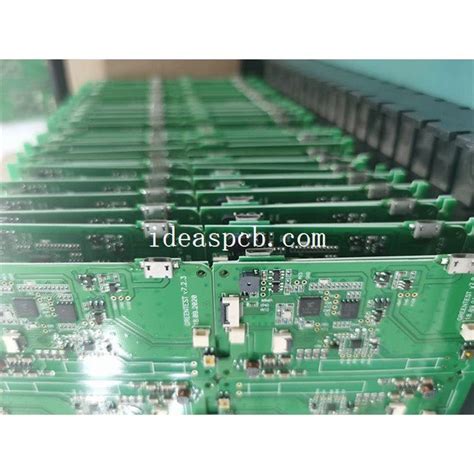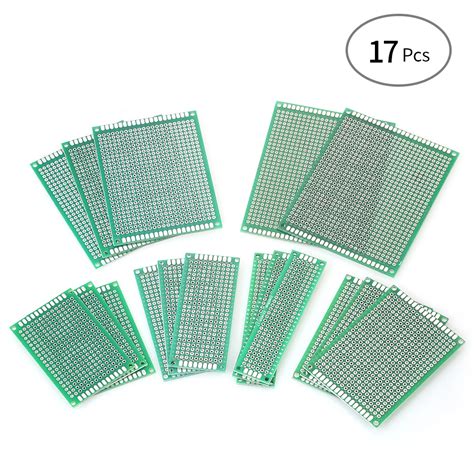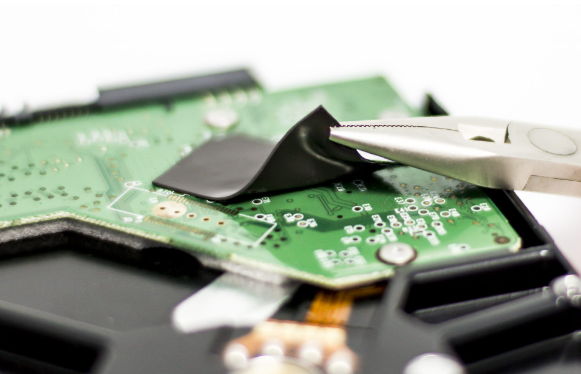Don’t pull PCB traces casually! Analysis of PCB wiring key points
Blindly pulling wires is useless!
Some friends do it as soon as they get the board when wiring PCB. Due to insufficient or no preliminary analysis, it is difficult to handle in the later stage. For example, after the power line and miscellaneous lines are pulled, a group of important signal lines are missed, resulting in this group of lines not being able to be in the same group and layer, and even without a complete reference plane. It is necessary to make major modifications to the previous wiring work to complete it, which is time-consuming and laborious. If the PCB board is compared to our city, the components are like various buildings lined up in rows, and the signal lines are the streets and alleys in the city, the overpasses and roundabouts. The appearance of each road has its detailed planning, and so is the wiring.
1 Wiring priority requirements
a) Key signal lines are prioritized: key signals such as power supply, analog small signals, high-speed signals, clock signals and synchronization signals are prioritized.
b) Wiring density priority principle: start wiring from the device with the most complex connection relationship on the single board. Start wiring from the area with the densest connection on the single board.
c) Key signal processing precautions: Try to provide dedicated wiring layers for key signals such as clock signals, high-frequency signals, and sensitive signals, and ensure their minimum loop area. If necessary, shielding and increased safety spacing should be adopted to ensure signal quality.
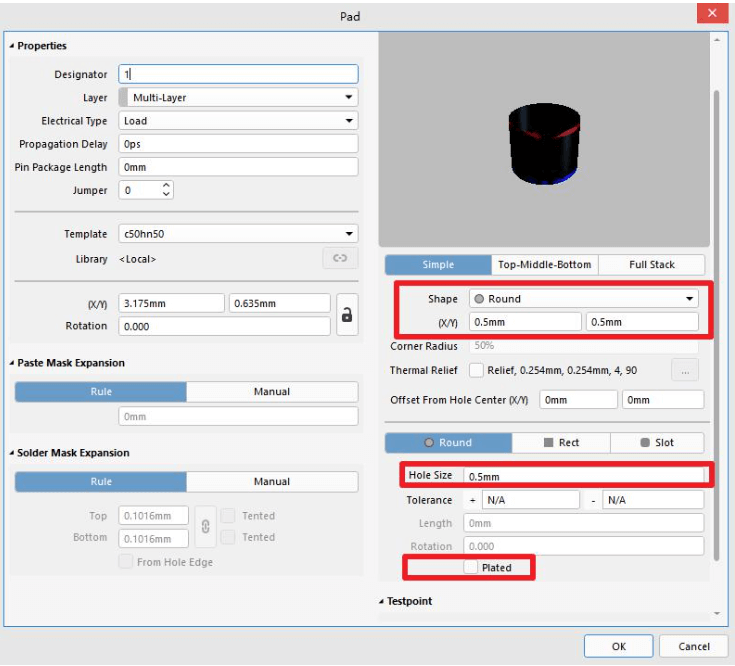
2. Wiring crosstalk control
a) 3W principle interpretation
The distance between lines should be kept 3 times the line width. In order to reduce crosstalk between lines, the line spacing should be large enough. If the line center distance is not less than 3 times the line width, 70% of the electric fields between lines can be kept from interfering with each other, which is called the 3W rule.
b) Crosstalk control: Crosstalk refers to the mutual interference between different networks on the PCB caused by long parallel wiring, mainly due to the distributed capacitance and distributed inductance between parallel lines. The main measures to overcome crosstalk are:
i. Increase the spacing between parallel wirings and follow the 3W rule;
ii. Insert grounded isolation wires between parallel wires
iii. Reduce the distance between the wiring layer and the ground plane.
3 General rules for wiring
a) The routing directions of adjacent planes are orthogonal. Avoid routing different signal lines in the same direction on adjacent layers to reduce unnecessary crosstalk between layers; when this situation is difficult to avoid due to board structure limitations (such as some backplanes), especially when the signal rate is high, consider isolating each wiring layer with a ground plane and isolating each signal line with a ground signal line.
b) The routing of small discrete devices must be symmetrical, and the leads of SMT pads with relatively dense spacing should be connected from the outside of the pads, and direct connection in the middle of the pads is not allowed.
c) The minimum loop rule, that is, the loop area formed by the signal line and its loop should be as small as possible. The smaller the loop area, the less external radiation and the less interference received from the outside.
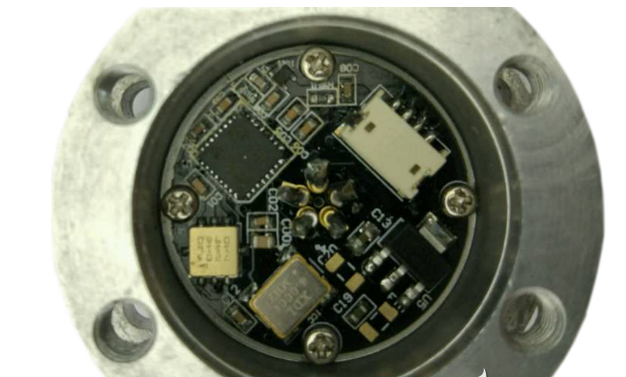
d) STUB is not allowed in the routing.
e) The wiring width of the same network should be kept consistent. The change of line width will cause uneven characteristic impedance of the line, and reflection will occur when the transmission speed is high. Under certain conditions, such as the lead wires of the connector and the lead wires of the BGA package, the change of line width may not be avoided due to the small spacing. The effective length of the inconsistent part in the middle should be minimized.
f) Prevent the signal line from forming self-loops between different layers. This kind of problem is easy to occur in the design of multi-layer boards, and self-loops will cause radiation interference.
g) Sharp angles and right angles should be avoided in PCB design, which will generate unnecessary radiation and poor PCB production process performance.

